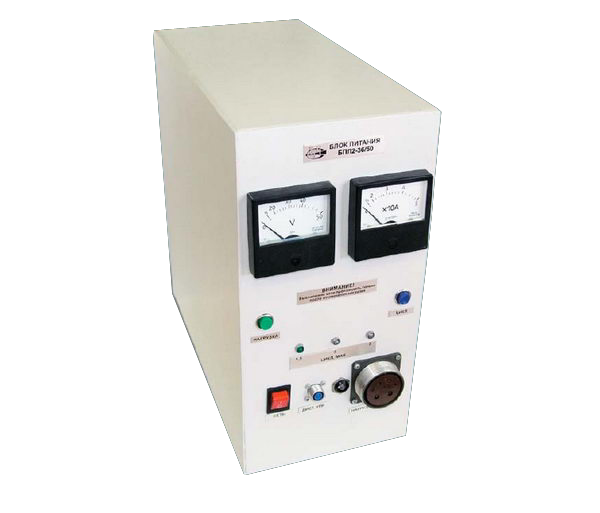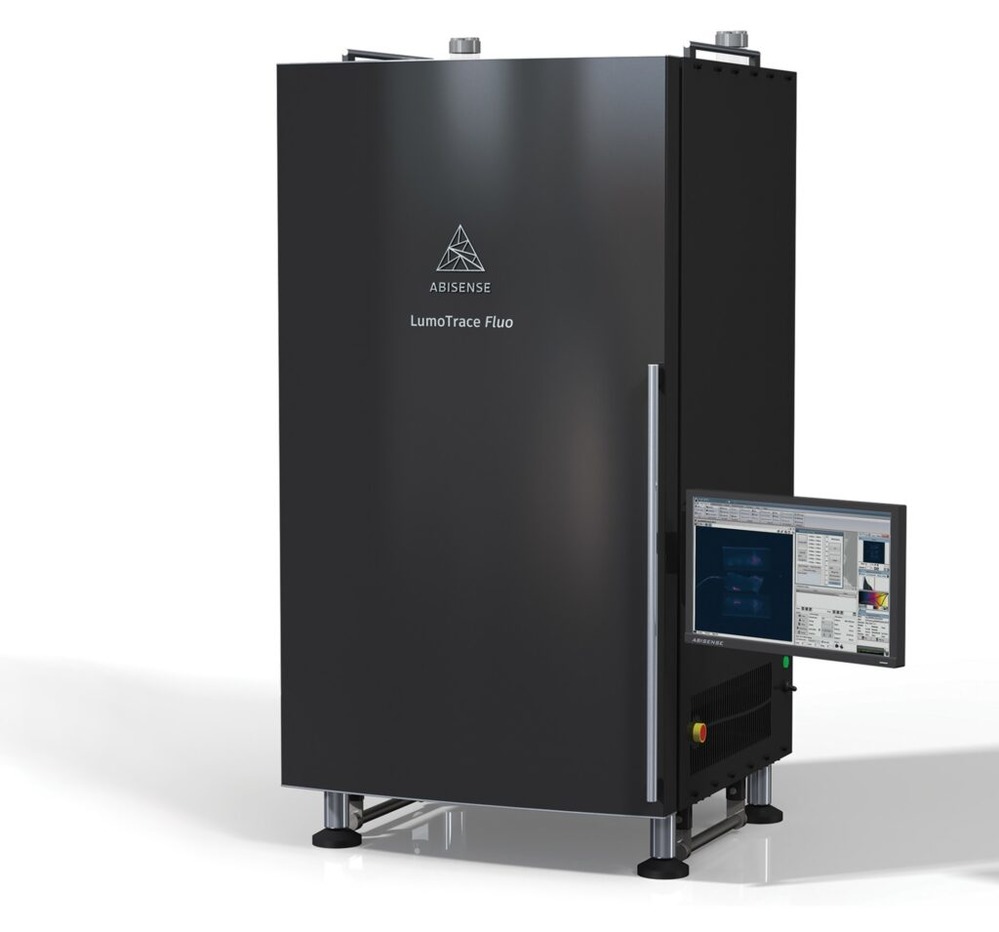Catalog
Metrology
525 products
View:
- Selected: 0Areas of use
- Selected: 0Item names
- Selected: 0Manufacturer
- Selected: 0Made in
- Selected: 0Additional
View:
525 products
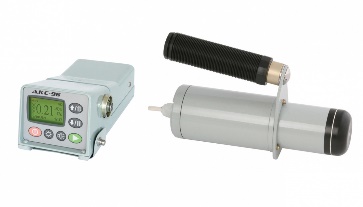
Dosimeter-radiometer DKS-96 (with detection unit BDKS-96b)
It is recommended for workplace monitoring when working with medical and industrial X-ray machines and installations, X-ray flaw detectors, X-ray equipment for baggage inspection.
Doza
Zelenograd
Produced in: Moscow
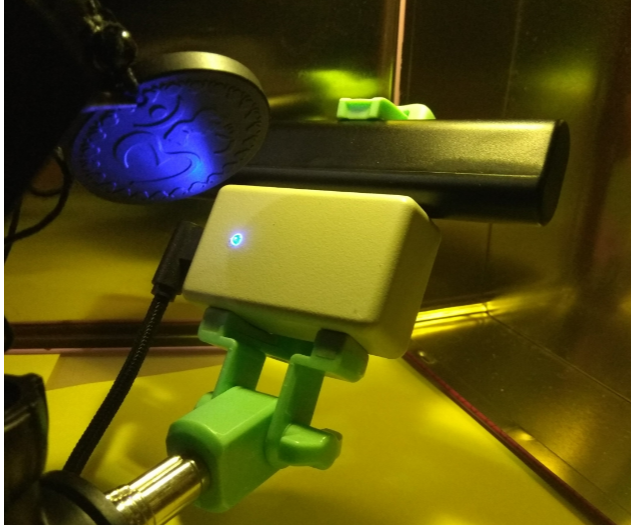
Radiation Monitoring Kit Atom Spectra Nano3 and Atom Tag
from
32 500 ₽
1 supp.
NPP KB Radar
Troitsk
Produced in: Moscow, Troitsk
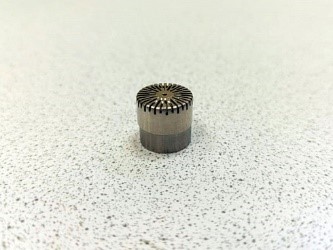
Microphone condenser capsule MK-234
It is designed to measure sound pressure in the air and is used in noise measuring equipment as a measuring transducer of infrasound, sound and ultrasonic pressure.
VIBROPRIBOR
Yaroslavl
Produced in: Yaroslavl

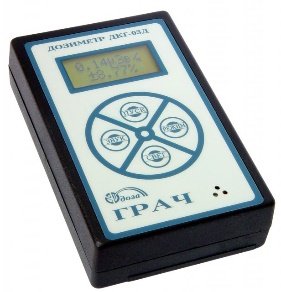
Gamma radiation dosimeter DKG-03D "Grach"
Purpose:
measurement of the ambient dose equivalent of N*(10) gamma radiation;
measurement of ambient dose equivalent of N*(10) gamma radiation (operator dose).
Doza
Zelenograd
Produced in: Moscow
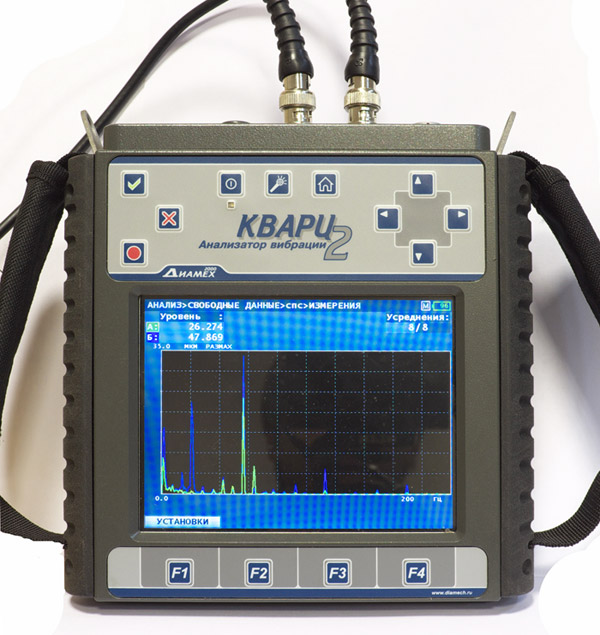
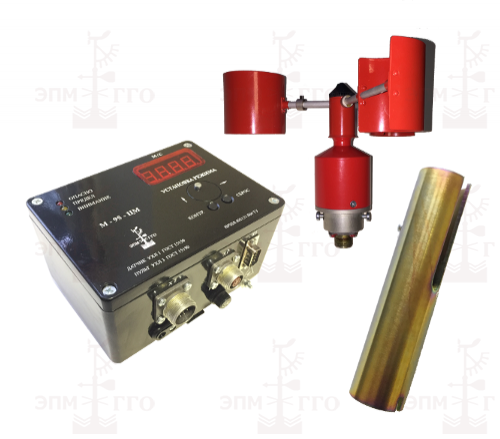
M-95-CM Anemometer with Sensor Heating and Computer Port
from
60 189 ₽
EMPGGO
Saint Petersburg
Produced in: Saint Petersburg
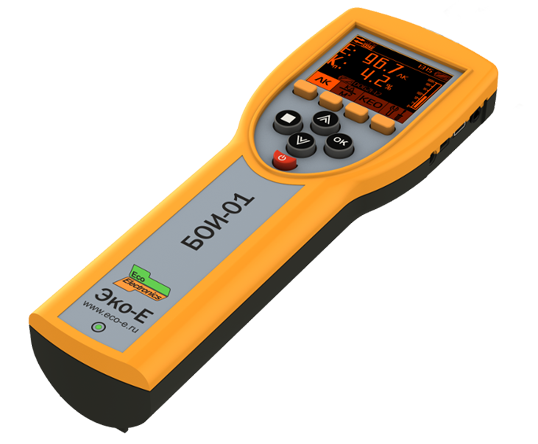
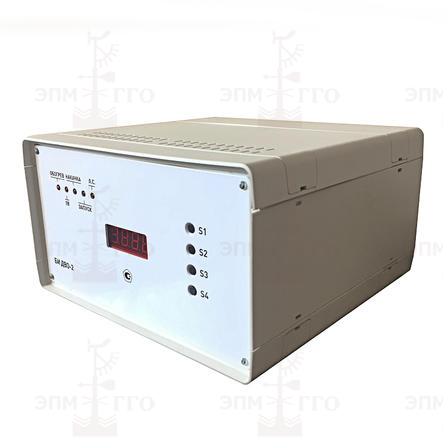
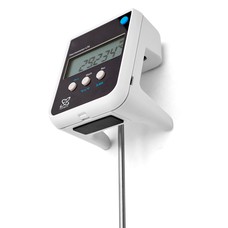
Laboratory electronic thermometer LTA-MF
LTA-MF provides an error of ±0.2 °C in the measured temperature range from -196 to +200 °C
The minimum immersion depth of the sensor is 75 mm
Overall dimensions of the electronic unit 80x75x100 mm
Weight 0.25 kg
Termeks
Tomsk
Produced in: Tomsk
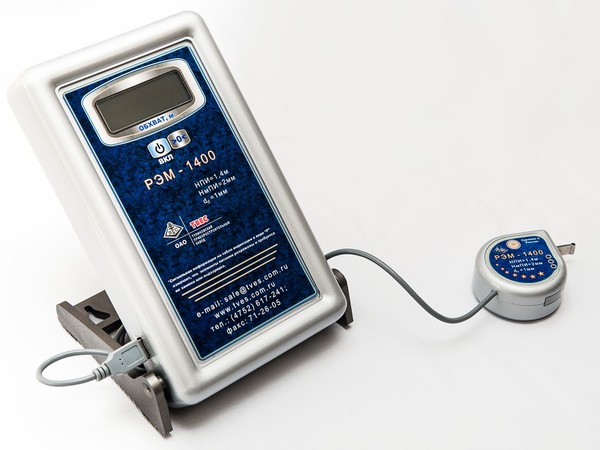
REM-1400-1-I Electronic medical Roulette
from
17 800 ₽
TVES
Tulinovka
Produced in: Tambov Region, Tulinovka
